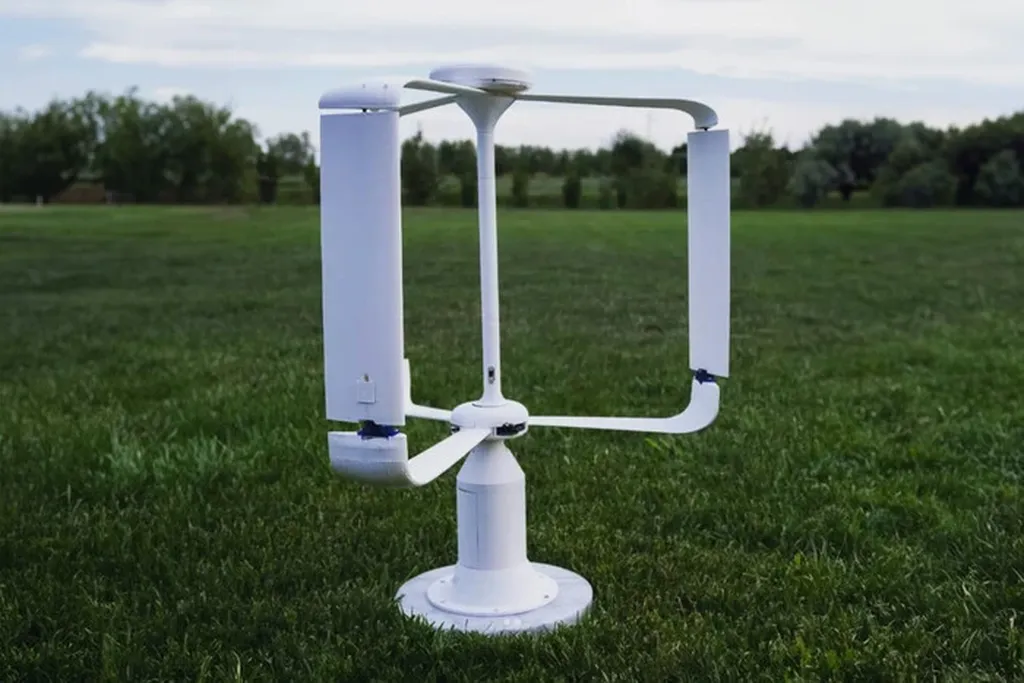In a groundbreaking development poised to reshape the energy sector, researchers have unveiled a novel approach to optimizing the design and performance of turbogenerators, the workhorses of power plants worldwide. The study, led by Shevchenko V.V. from the National Technical University “Kharkiv Polytechnic Institute” in Ukraine, introduces a sophisticated multiparametric design technique that promises to enhance the accuracy and efficiency of electromechanical equipment design.
At the heart of this innovation lies the particle swarm method, a computational technique inspired by the collective behavior of swarms in nature. This method enables engineers to navigate a complex, multidimensional parameter space, where each “particle” represents a potential solution. Over time, these particles converge towards the optimal design, ensuring that all interrelated parameters of the turbogenerator remain within acceptable limits.
“The beauty of this approach is its ability to find the best solution in a vast design space,” explains Shevchenko. “It’s like having a flock of birds searching for the quickest route to a destination. Each bird explores different paths, and over time, the flock converges on the most efficient route.”
The implications for the energy sector are substantial. By refining the design process, engineers can identify thermal and mechanical reserves within existing turbogenerators, allowing for increased power output without the need for extensive modifications. This is particularly significant given the growing demand for energy and the need to maximize the efficiency of existing infrastructure.
One of the most compelling findings of the study is the potential to utilize the factory cooling system of turbogenerators even when increasing their power. This not only simplifies the modernization process but also reduces costs and downtime. “We’ve shown that there are thermal reserves in the base generator that can be tapped into,” says Shevchenko. “This means we can increase the power of new turbogenerators without changing their dimensions, using the same cooling system.”
The study also establishes the optimal geometry for the core and stator winding cooling channels, as well as the internal layout of heat exchanger elements. These insights pave the way for more efficient and effective cooling systems, further enhancing the performance of turbogenerators.
The significance of this research extends beyond the immediate improvements in turbogenerator design. The multiparametric design methodology using the particle swarm method can be applied to the optimal design of new electromechanical equipment or the modernization of existing units at power plant facilities. This could lead to a wave of innovation in the energy sector, as engineers and researchers leverage this technique to push the boundaries of what’s possible.
Published in the journal “Problems of the Regional Energetics” (translated from Ukrainian as “Problems of Regional Power Engineering”), this research marks a significant step forward in the field of electromechanical energy converters. As the energy sector continues to evolve, the insights and techniques developed by Shevchenko and his team are set to play a crucial role in shaping its future.
In an industry where even marginal gains in efficiency can translate to substantial commercial impacts, this research offers a promising path forward. By optimizing the design and performance of turbogenerators, it opens up new possibilities for increasing power output, reducing costs, and enhancing the overall efficiency of power plants. As such, it is a development that is likely to resonate throughout the energy sector, sparking further innovation and progress.

